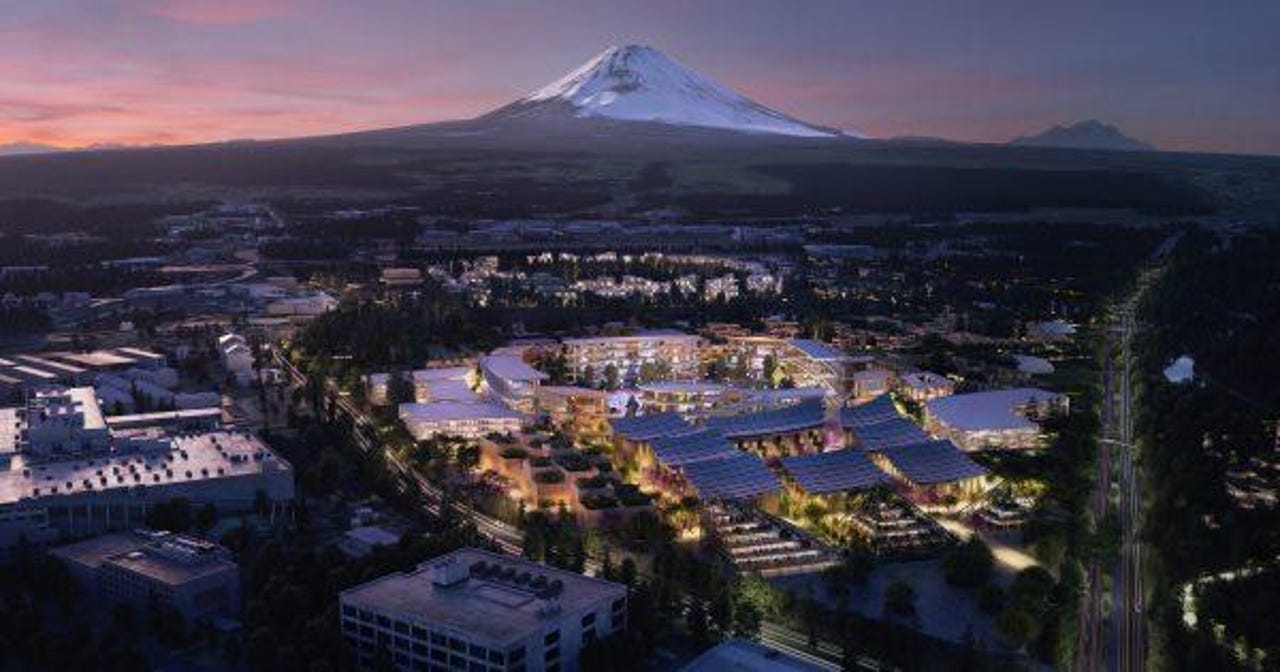CES 2020: Would you live in Toyota's Woven City smart city experiment?


Toyota's Woven City will start with a population of 2,000.
Toyota plans to build a smart city called Woven City that will sit at the base of Mt. Fuji in Japan, be powered by hydrogen fuel cells and test autonomy, robotics and artificial intelligence technology.
Call it a grand 175-acre and roughly 2,000 person experiment in smart city design. Toyota said it plans to break ground in early 2021. Hyundai is also looking to redesign mobility.
Announced at CES 2020, Toyota outlined Woven City and how it plans to create a "real world" environment for smart city technologies from the ground up. Akio Toyoda, president of Toyota Motor Corp. called it "a unique opportunity to develop future technologies, including a digital operating system for the city's infrastructure."
While Toyota is best known for its automobiles, the company has a larger remit that revolves around robotics and personal mobility. Toyota added that it will invite commercial and academic partners as well as researchers. The Woven City will be populated with Toyota workers and their families.
The renderings of the Woven City look interesting and the master plan includes the following:
- Three types of streets with fast vehicles, low speed personal mobility and pedestrian traffic and a park promenade. These streets will form a grid to test autonomy.
- Buildings will be mostly wood to minimize carbon footprint and use traditional Japanese building techniques and robotic production.
- Rooftops will be covered with solar panels to complement hydrogen fuel cells.
- Native vegetation and hydroponics will live throughout the city.
- Homes will include robot assistants and sensors to check occupant health, needs and daily life.
- Only fully autonomous zero-emission vehicles will be allowed on the main streets. Toyota e-Palettes will be used for transport, delivery and mobile retail.
- A neighborhood park and central park will be added for recreation and gatherings.
Toyota plans to populate Woven City with 2,000 people including employees and their families, retirees, retailers, industry partners and scientists. Toyota added that it will add more to the population as the project develops.